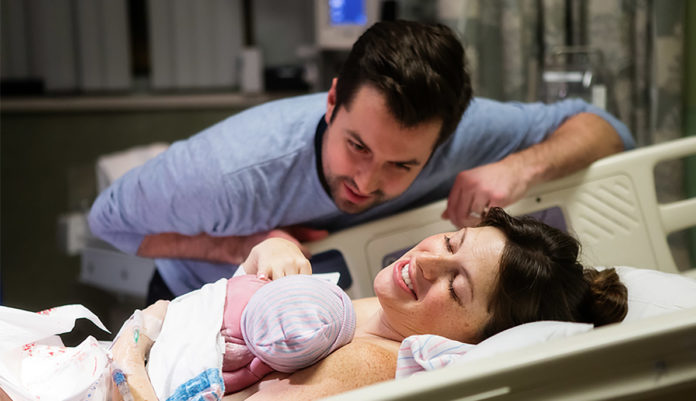
Will technology change and how does childbirth change? Is it different now how your grandmother, mother and you were born? The 21st century has brought about significant changes in the field of childbirth technology and has brought many tests and procedures that you can use during pregnancy and childbirth. Some things that were impossible to find out in the past now can be known with one brief blood test.
Many still believe that giving birth to women is a natural thing and should not be complicated by the introduction of technology, while others believe that technology also helps pregnant women during childbirth. If you want to find out more about the first sign of labor go check Yourdoctors.online and maybe learn some things you did not know.
Today’s technology allows women during pregnancy many diagnostic tests and examinations that were once impossible. These tests help you identify early on some problems and risks you might not have anticipated. for example, there is now a test that shows an increased risk of having a child with Down Syndrome, and diagnosis is possible with amniocentesis.
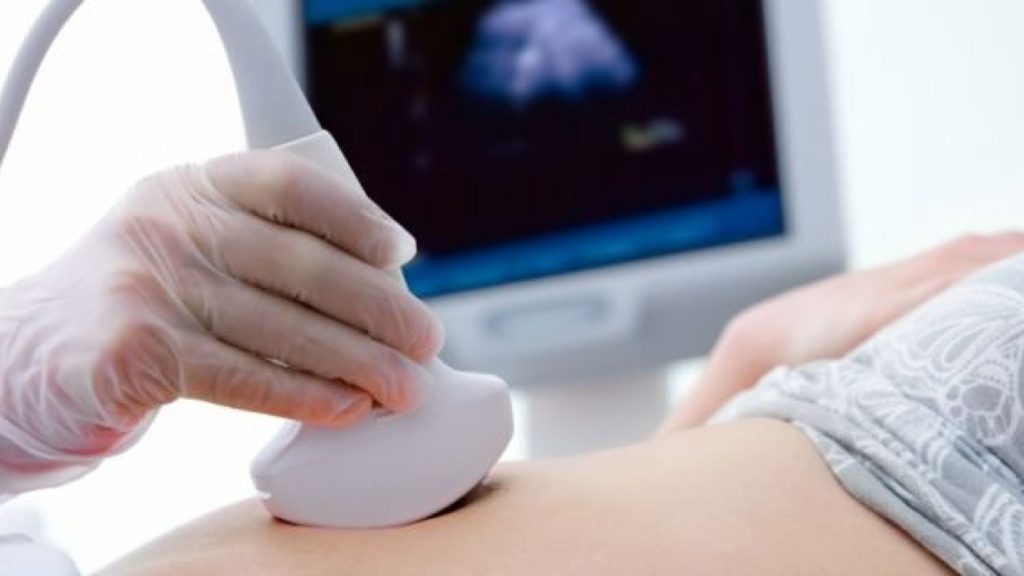
We are fortunate to live in a time when many risks and problems in pregnancy can be detected, and this was once impossible without technology. today, every woman has the choice of whether to do some tests and procedures.
Of course, there is another side to the coin, which is increased concern and anxiety in women, as everyone wants a healthy baby, and tests often show a risk of certain changes and potential conditions. All of this can lead to increased stress in pregnant women.
There are times when women do not want to do certain tests and analyze because they have already decided what they are going to do and have made the final decision. Some women take every possible test to be ready for anything if they bring in a baby with some deficiency. If it turns out that a baby is missing a mother, they sometimes decide to terminate their pregnancy.
What we can conclude is that one method is the same today as it was last century, which is the stethoscope of the method, that is, the baby’s heartbeat can be heard with this instrument now, and it could have been. There was also a fetal stethoscope that is still used today.
In the 1960s, midwives or doctors were able to get a baby’s heartbeat on an electronic fetal monitor. This device works by placing the exterior of the device on the mother’s stomach and detecting the baby’s beats using Doppler ultrasound. There is also the option of placing the baby’s head on top of the baby during the examination to measure heart rate.
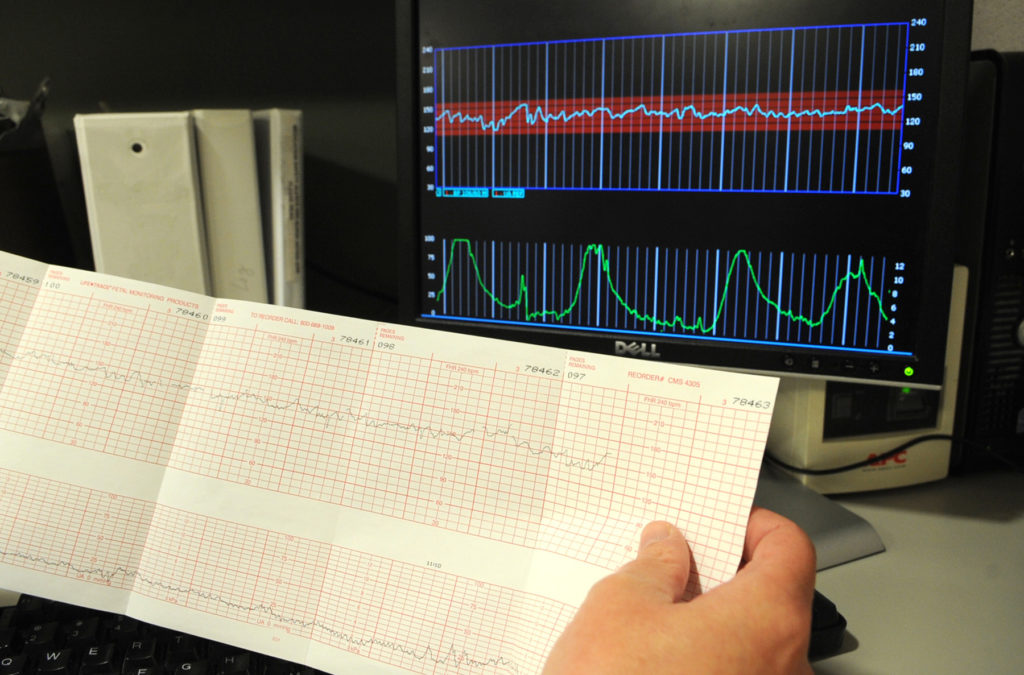
Today, there are special protocols that have been adopted and applied during childbirth that concern measuring the baby’s heart rate. Special criteria have been introduced when it comes to measuring heart rate during childbirth.
It should also be noted that by constantly measuring the heartbeat of the baby, the mother has reduced mobility during childbirth and cannot find a comfortable position easily. If there is no mobile monitoring that can carry with it, it is difficult for pregnant women to go to the bathroom when giving birth.
Continuous monitoring of the baby’s heart rate is increasingly associated with Cesarean section and other procedures without confirmed benefits to the baby. So today it is normal during childbirth that the heartbeat of a baby is monitored all the time and more and more midwives are accustomed to giving birth in this way.
Some childbirth practices have changed over the past 100 years, such as Caesarean section and forceps have been used very little in the last century, and they have existed. today the statistics are much different, about 30% of births were done by Caesarean section. Also, today a Cesarean section is being made on-demand when the mother has no potential indication that something could go wrong.
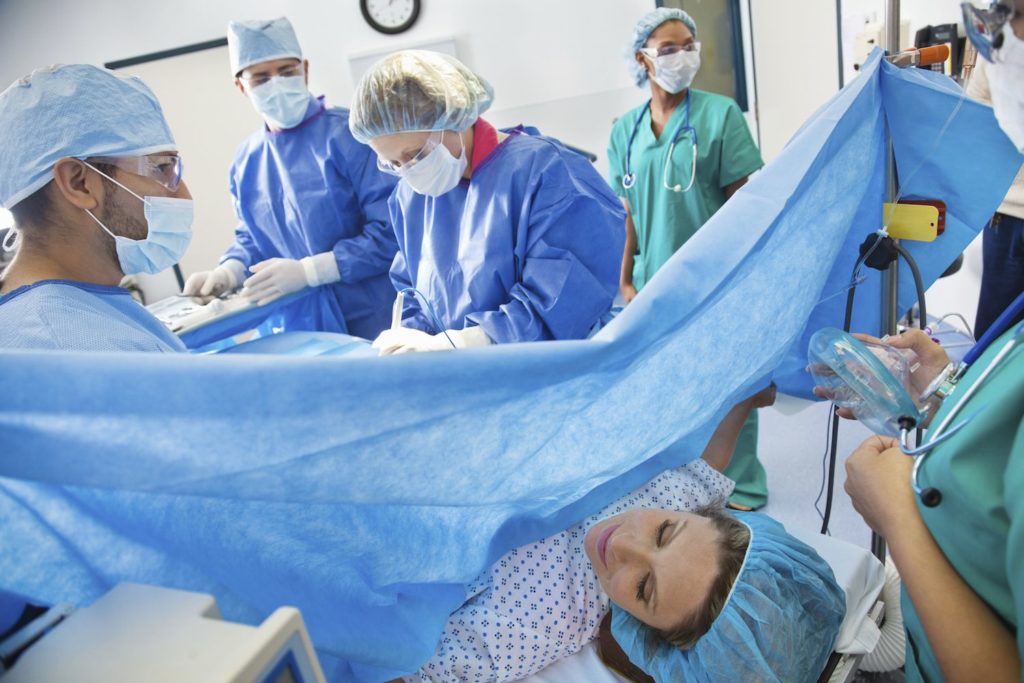
The use of forechecks has suppressed the discovery of the vacuum extractor, and more and more women are using induction by labor, almost 40%.
There are still some practices in childbirth and are deeply rooted although not scientifically supported by research, for example, where women are only allowed to use ice cubes and not a tub if the waters bag is broken.
The simple question is how all these changes and technological developments will contribute to making moms and babies feel. What is so much better now than before is that with the development of technology, women have access to all information related to pregnancy and childbirth itself. In the last century, awareness of many things was very low. today on the internet, in the library and many other places, you can find out everything that interests you in the subject of childbirth.
Today, the relationship with the doctor has changed a lot, because now it is normal for pregnant women to be well informed and often ask doctors for assistance and have already made a decision about their childbirth.
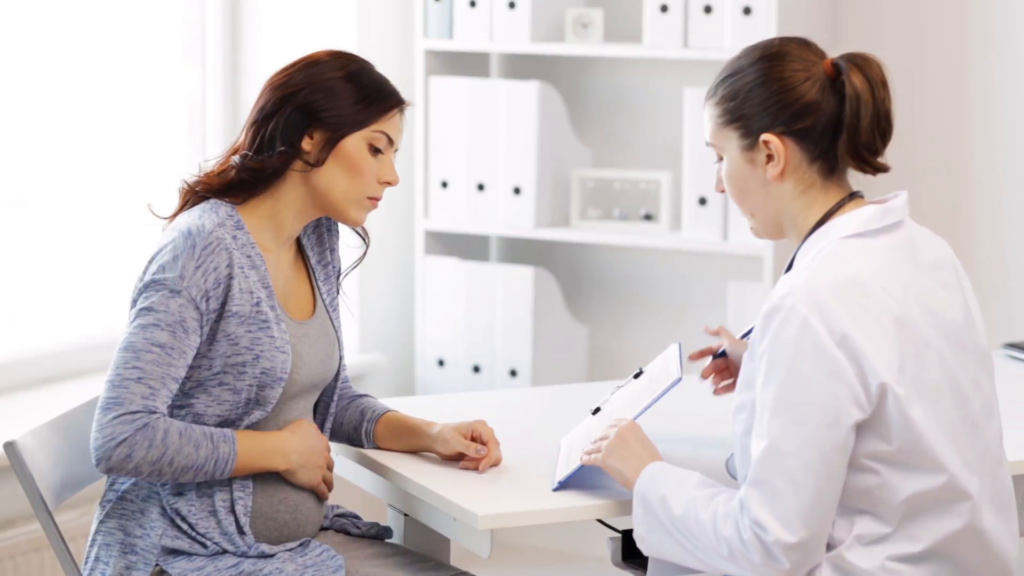
It even invented an AI robot that can assist in childbirth, which turned out very well, but not better than doctors and midwives. So, the simple question is what robots will give us when giving birth in the operating room if they are not more efficient than humans.
It also raises the question of empathy as to whether the robot feels and can understand what a woman goes through during childbirth.
The conclusion may be that as much as technology in childbirth has evolved, you as a pregnant woman do not have to be a part of it all. Take from science and technology just what you think you will need and benefit from, you don’t have to have everything if you don’t want it. Let the ultimate decision be just yours to make you feel as safe, better and comfortable as possible.
We hope that we have at least helped you a little with this article on the subject of how technology will change childbirth.







